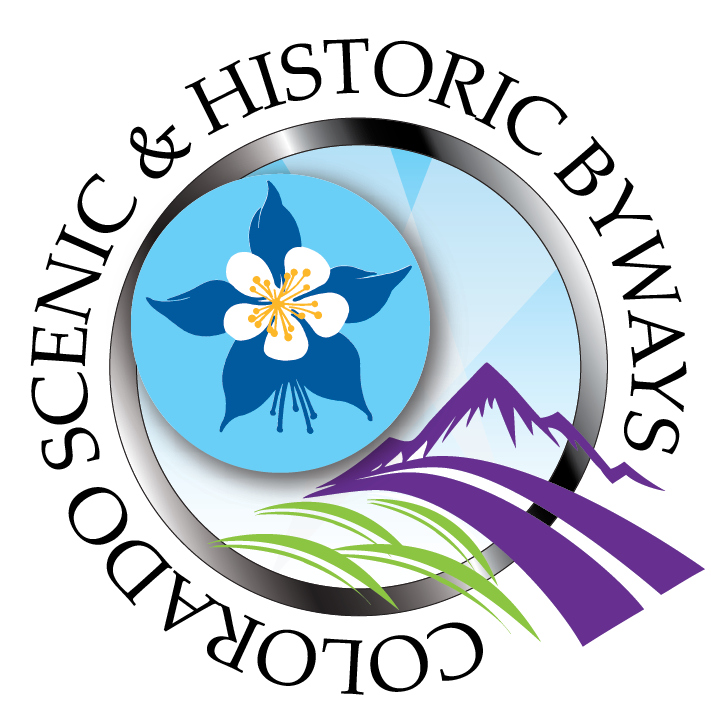Reflecting Nature’s Cycle in Stewarding Healthy Forests
A Delicate Balance of Preserving Land While Being Responsive to Environmental Changes
Landowner: Beverly and Clark Parsons
Partner land trust: Colorado Headwaters Land Trust
Location: Grand Lake
Topics: Fire prevention, mitigation, wildlife habitat
With today’s constant barrage of distractions, many people often don’t take the time to reflect or notice the details outside of the device in their hands. In hyper-focusing on only what’s front and center, entire worlds and ecosystems go ignored. For example, while many Coloradans live within a short drive of a forested area, few are aware of the beautiful and delicate ecosystem that exists once they step into one. Beverly Parsons would like to see that change; she sees a greater understanding of the forest as a step toward fighting the impacts of a changing climate.
Beverly and her husband, Clark, know more about the symbiotic relationships within a forest than most. They have owned their property near Grand Lake for more than 25 years. During that time, the couple extensively explored their 37 acres that abuts Rocky Mountain National Park. The property is densely populated with diverse trees, plants and wildlife, including deer, elk and bears.
They’ve also seen firsthand how changes in the environment have impacted plants and wildlife. As temperatures have risen, beetle larvae no longer freeze and die out during the winter, which allows the beetles to hatch and cause tremendous damage. The beetle-killed trees become fodder for wildfires, which continue the process of warming and changing the ecosystem forever. “The forests are responding to human actions causing the changing climate,” says Beverly. “We need to pay attention to the forests’ new needs and ecosystem, including how we can support Mother Nature without interfering.”
“The forests are responding to human actions causing the changing climate.”
An intentional strategy
Given their intimate knowledge of the delicate balance and exchange underway in their backyard, it’s no surprise the Parsons feel called upon to protect it. Their first step in doing so was to formally conserve their land in 2007 in partnership with Colorado Headwaters Land Trust.
“If we didn’t protect it, there could have been lots of development on it, and we knew that our best contribution to the future was to put it into a conservation easement,” Beverly says. “Whenever we told a neighbor that we were conserving our property, they were thrilled because they knew it was protecting their property, too, from the impact of neighboring development,” she adds.
Securing the conservation easement was uncommon in the area when the Parsons pursued one, because many landowners presumed easements were only for large ranches or properties with thousands of acres. “Colorado Headwaters Land Trust was willing to take on a smaller piece of land, which doesn’t always happen in other states,” says Beverly. “We’re so grateful for their hard work, especially in the changing environment we’re all living in.”
Beverly recognized the value of leaving the land alone to follow a natural cycle, which the conservation easement agreement requires. Forests have always burned, and the natural cycles within them are often the best way to minimize large-scale damage. That’s why her focus is on keeping things as natural as possible without human influence.
However, as the environment changes and temperatures warm, Beverly notes that landowners should be intentional about how to respond. Restoring land with the plants and trees that once grew there might not always be possible. “We need more people to be educated on how to support the lifecycle of a forest in a changing climate like Colorado’s, and to provide more funding to make it happen,” she says.
“Whenever we told a neighbor that we were conserving our property, they were thrilled because they knew it was protecting their property, too.”
A last line of defense
The Parsons installed an access road about a decade ago and didn’t give it much thought for a while. But in 2020, as the East Troublesome fire ravaged the Grand Lake area, Beverly and her neighbors were grateful that the road existed. Firefighters were able to use the road to build a fire break on the Parsons’ property, which ultimately protected all of the houses in and around their neighborhood. “It was great to know they were able to use our property to protect our neighbors’ houses,” Beverly says.
Beverly acknowledges that being a landowner at this critical time comes with serious responsibilities. She reflects that, without the trees, birds don’t have a place to nest and feed; they don’t drop seeds on the ground to birth new trees; many forms of wildlife lose their homes; and the mycorrhizal layer, or fungal growth along the forest floor, no longer has protection from the full force of the elements. The trees are not able to cool temperatures down or provide a vital source of oxygen for all life.
During this time of rebirth, people need to determine what life to nurture given changing temperatures and less water. “Do we plant the same kinds of trees as were here before? Or do we need to rethink what is appropriate for the next generations of humans and non-human life forms here?” she asks.
New ecosystems won’t establish overnight, and Beverly encourages people to see a forest in its wholeness — beyond individual trees and beyond the immediate few years. As Beverly says, “You can’t plant a new tree to replace an 80-year-old one and think that you’ve done your job.” As the Grand Lake area continues to recover from the East Troublesome fire, the Parsons are more aware than ever of the need to be thoughtful about what recovery means and looks like.
“We need to be part of the healing and find a way to support nature’s evolving cycle,” Beverly says. “We are in a relationship with all of nature, and we have to see ourselves differently—as stewards of the land for the well-being of all of life, not just human life. We are to be living in a relationship with all of nature rather than dominating it.”
“We are in a relationship with all of nature, and we have to see ourselves differently — as stewards of the land for the well-being of all of life, not just human life.”
Produced in partnership:


















